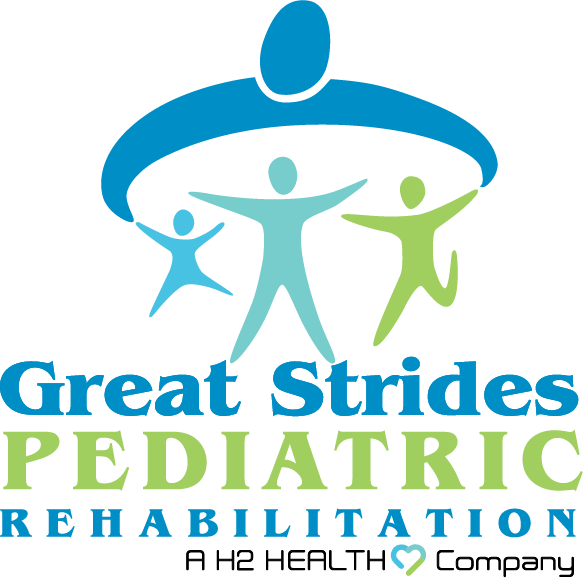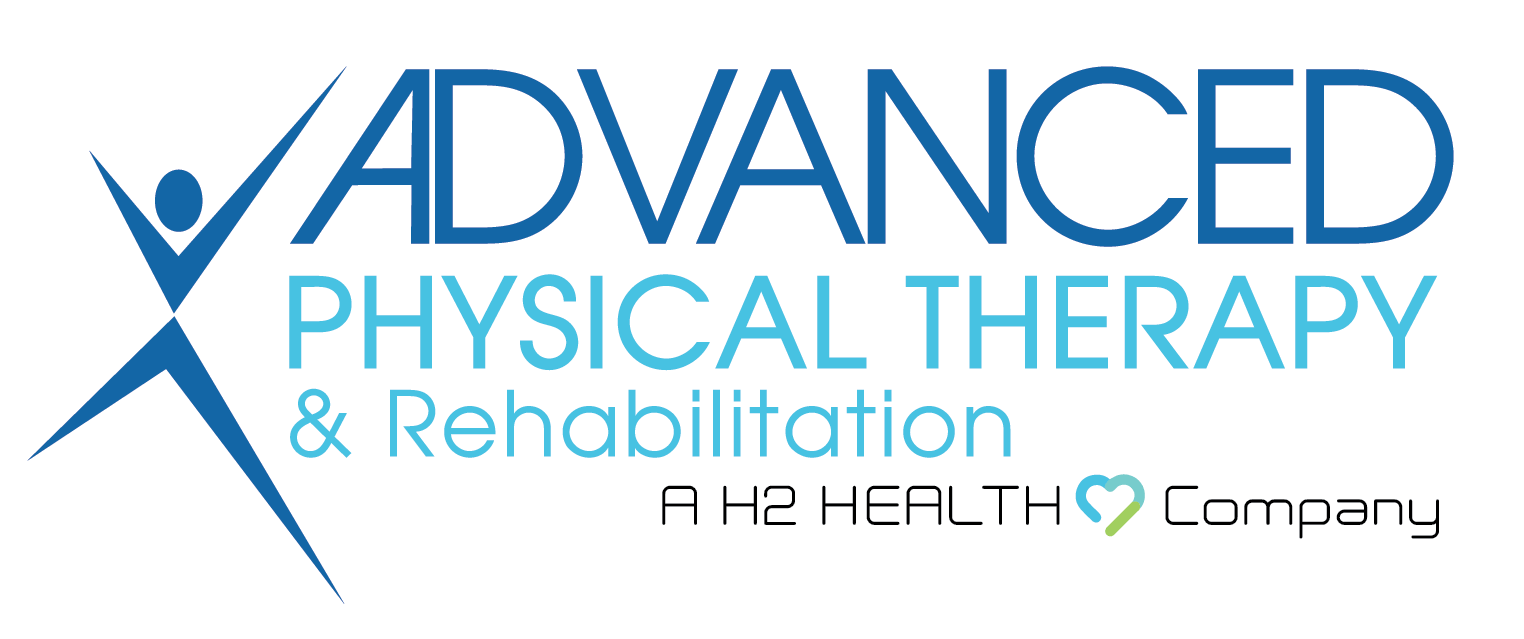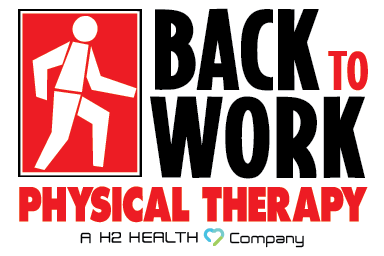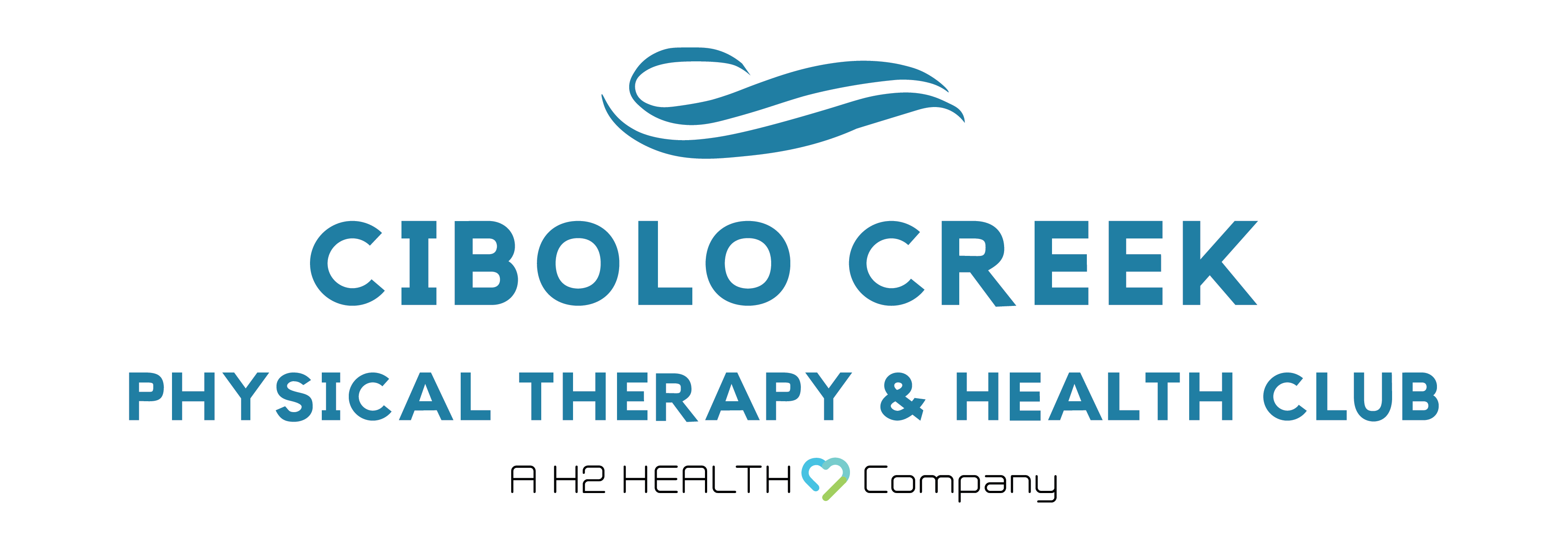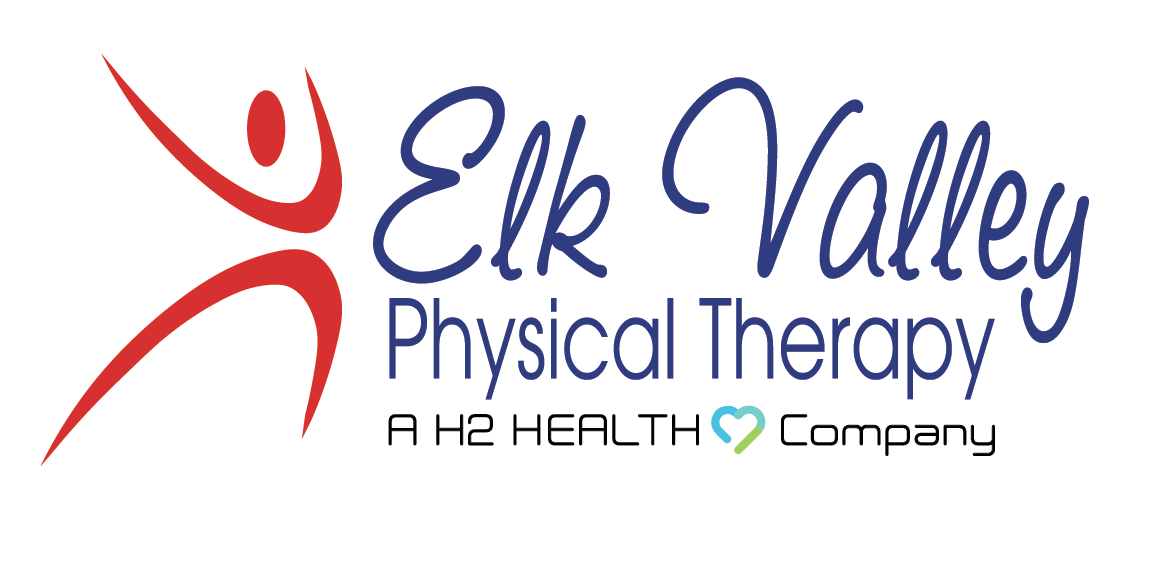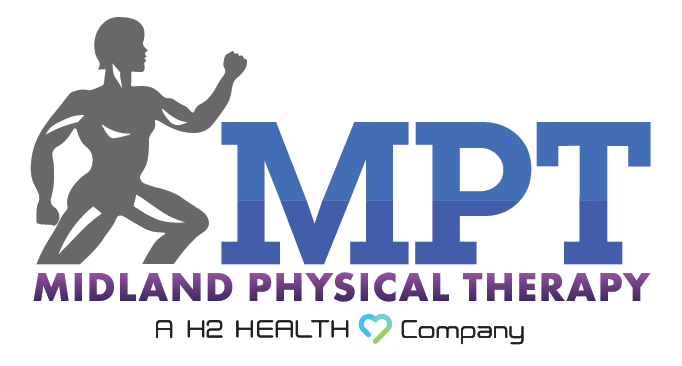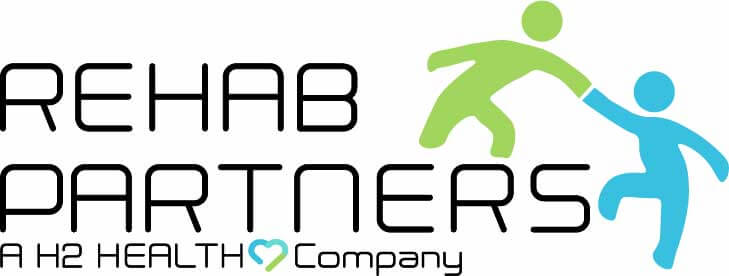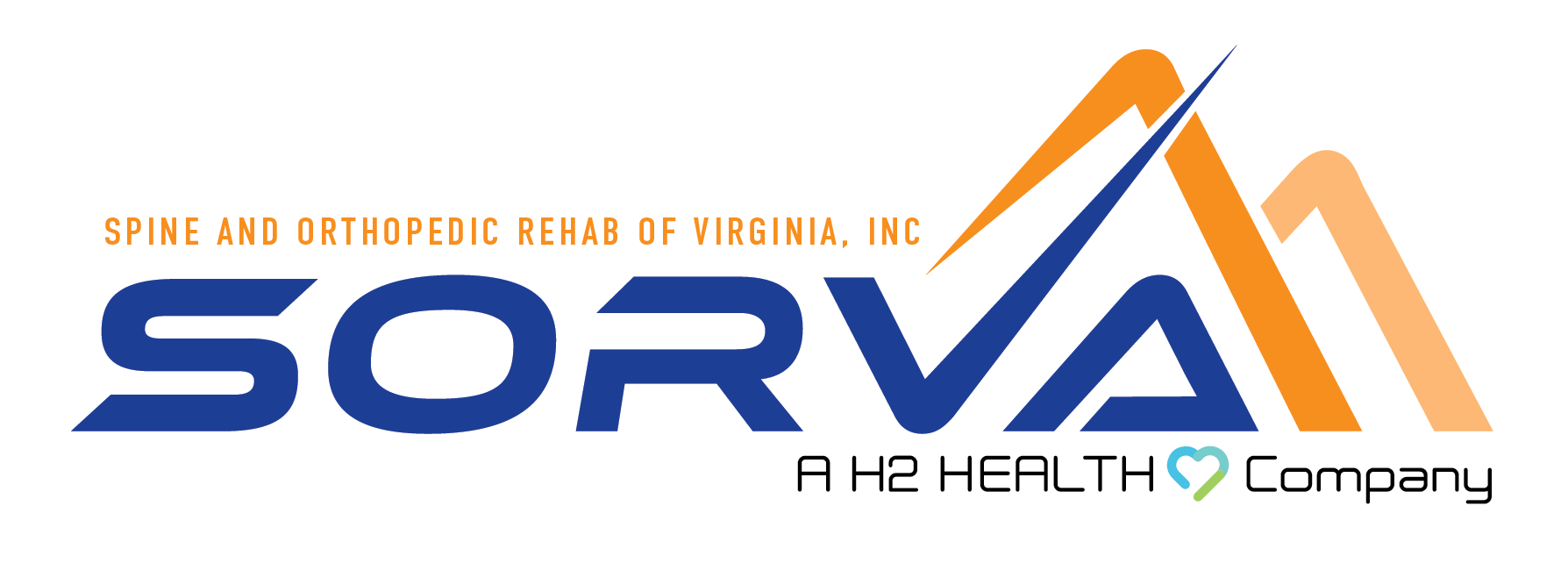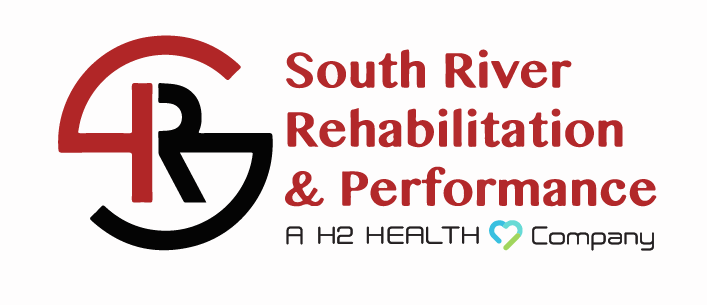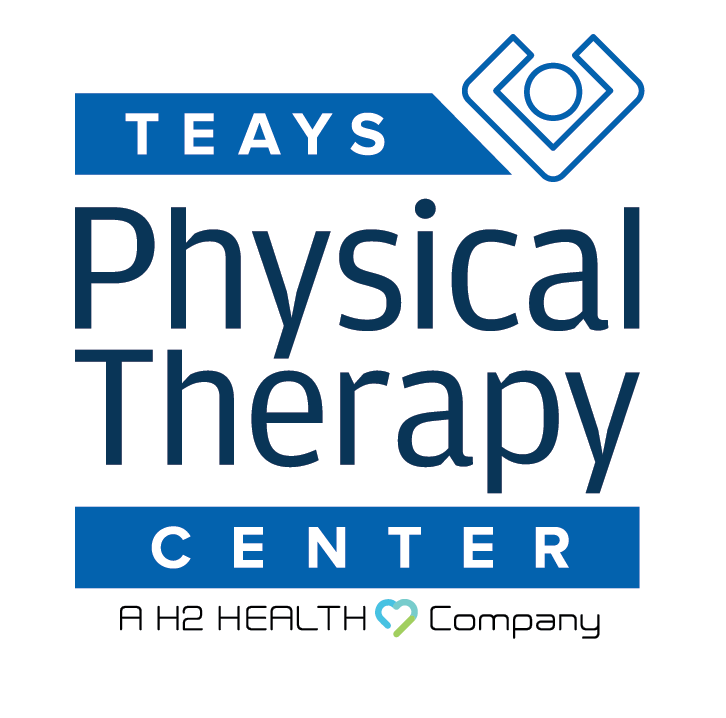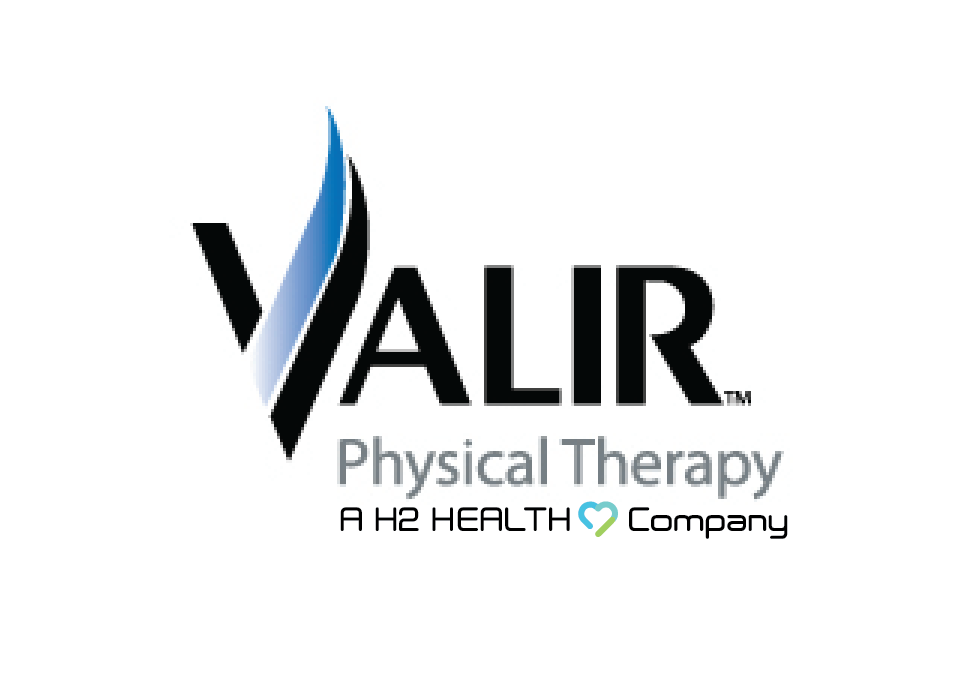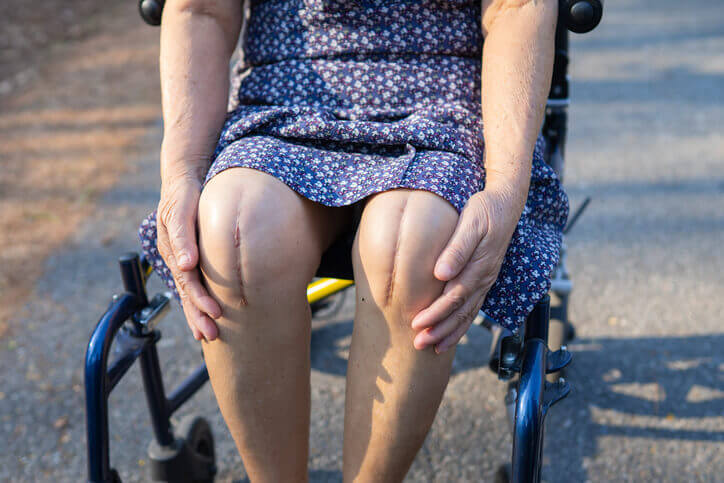
Joint replacement surgery is a common procedure to help patients with damaged or diseased joints. It’s also a viable treatment method for patients with chronic joint pain. This surgical procedure involves replacing a damaged joint with an artificial one, often due to conditions like arthritis or injury. However, the journey to full recovery doesn’t end with surgery – it’s actually the beginning.
The rehabilitation process is crucial to ensuring successful outcomes and restoring optimal function. This article aims to guide you through the rehabilitation journey post-joint replacement surgery.
Understanding Joint Replacement Surgery
Arthroplasty, also known as joint replacement surgery, involves substituting a deteriorated joint with an artificial one—constructed from materials like metal, plastic, or ceramics. While hip and knee joints are most frequently subject to this procedure, the replacement of shoulder, ankle, and elbow joints is also quite common.
The primary reasons for joint replacement surgeries are to relieve chronic joint pain that hasn’t responded to other treatments and to restore joint function. Conditions such as osteoarthritis, rheumatoid arthritis, or traumatic injuries often lead to joint damage requiring replacement.
Who Needs Joint Replacement Surgery?
People at risk for joint diseases and damage include:
- Elderly people
- People with arthritis
- Athletes participating in high-impact sports
- People with jobs that involve repetitive movement, causing extra wear and tear on joints
The Role of Rehabilitation in Recovery
Rehabilitation is an integral part of the recovery process following joint replacement surgery. It is a structured program designed to help patients regain strength, mobility, and functionality in the replaced joint. The ultimate goals of rehabilitation are to enable patients to return to their daily activities, minimize post-operative pain, prevent complications, and promote the best possible function of the replaced joint.
Stages of Rehabilitation After Joint Replacement
Rehabilitation after joint replacement typically progresses through these stages:
- Immediately After Surgery: This stage starts right after surgery and focuses on managing pain and beginning gentle range-of-motion exercises under the guidance of a physical therapist.
- Early Recovery Phase: As healing progresses and pain decreases, you’ll gradually begin more intensive physical therapy to improve strength and flexibility. You may begin to perform simple weight-bearing exercises and start regaining independence in daily activities.
- Long-Term Recovery Phase: Patients in this stage should improve strength, endurance, and balance. The goal is to return to normal activities, while protecting the new joint from excessive strain.
Components of a Typical Rehabilitation Program
A comprehensive rehabilitation program often includes the following:
- Physical therapy: A physical therapist will design a personalized exercise program for you to improve strength and flexibility in the replaced joint and surrounding muscles.
- Occupational therapy: Occupational therapists can teach you new ways of performing daily activities that will be easier on your new joint, such as dressing, cooking, and bathing.
- Pain management: Managing post-operative pain is crucial for successful rehabilitation. This might involve medications, ice therapy, massage, or relaxation techniques.
How to Maximize Your Rehabilitation
Adhering strictly to your rehabilitation program is vital for a successful recovery. Regularly attending all therapy appointments and diligently performing prescribed exercises at home can significantly improve your recovery. Physical therapy and other at-home exercises help strengthen the joint and improve flexibility.
Lifestyle factorscan also aid recovery. Important things to remember are maintaining a healthy diet and ensuring that you get adequate rest after the operation. Proper nutrition supports healing, while adequate rest allows your body to recover and adapt to the new joint. Your doctor may recommend a special diet to follow.
What to Expect Long-Term After Joint Replacement Surgery
Post-rehabilitation, you can expect a significant improvement in the pain and mobility of the replaced joint. However, continuing with a maintenance exercise program is essential to sustain the improvements gained during rehabilitation.
Certain lifestyle modifications may be necessary to protect the new joint and prolong its lifespan. These include avoiding high-impact activities, maintaining a healthy weight to reduce strain on the joint, and continuing with regular check-ups to monitor the function of the new joint.
Rehabilitation is a critical component of the recovery journey after joint replacement surgery. The process will require dedication and may take a significant amount of time. However, following your doctor’s instructions will ensure your full recovery. Remember, each person’s rehabilitation journey is unique, so be patient with your progress and celebrate small milestones along the way.
Physical Therapy in Jacksonville, FL
If you’re planning to undergo joint replacement surgery or are currently recovering from one, consider visiting H2 Health in Jacksonville, FL. We can provide personalized advice and guidance to optimize your recovery and help you return to the activities you love. Your journey to recovery starts with a single step, and with the proper support, you can stride confidently toward a more active, pain-free life. Call us at (800) 699-9395 or set up an appointment.

